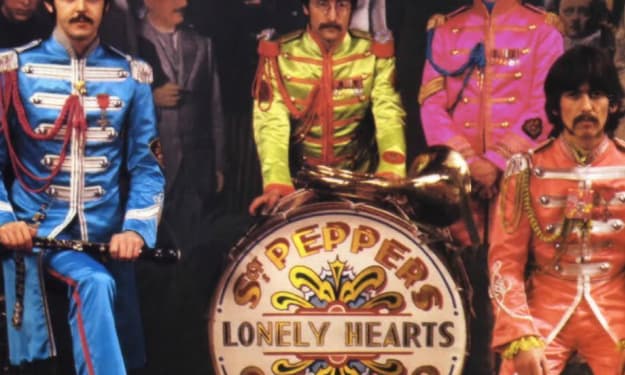Oh God Ma! I'm On the Cover of 'Rolling Stone?'
Love. Love. Love. Is it really all you need?

In the year 1967, during the height of the ‘Summer of Love,’ a young man living in San Francisco realized that Pop-Music was changing. Like many who attended the Monterey Festival in June of that year, he got the vibe that the whole movement had shifted. From a joyous escape from the mundane realities of life, the joys of a youthful had turned into a free love, alternative society with the music at its heart.
New York born and subsequent Berkley drop out Jann Wenner was born to Jewish parents in the winter of 1946. Turning up on the West Coast in the mid-60’s he worked for an independent student magazine, before moving to San Francisco where the Jazz critic Ralph Gleason who was a contributing editor got him a position in the high volume low brow Ramparts magazine.
The following year he borrowed $7,500 from his family and both he and Gleason, on the 9th of November of that year, launched Rolling Stone Magazine. In the first issue, he wrote most of the copy explaining that the magazine was more about Muddy Waters than it was about the Rolling Stones. For the first few years it certainly stuck to that brief, becoming a mouthpiece for the ‘alternative culture,’ it so readily espoused.
Wenner, a sometimes a very prickly character set in many ways the benchmark for music journalism. From early on he had an eye for writers, furthering the careers of the writer/director, Cameron Crowe, Joe Eszterhaus, Robert Altman, Ben Fong-Torres and the right-leaning, P.J. O'Rourke. With his encouragement he motivated Tom Wolfe to continue with his fledgling novel, The Bonfire of the Vanities, which he promoted in installments in Rolling Stone, allowing Wolfe to not only finish it but to conquer Hollywood at the same time. His greatest coup was to give the ‘Gonzo Journalist’ Hunter S. Thompson his booze and drug fuelled head. The magazine also launched the career of seminal photographer of Annie Liebowitz, who became a mainstay for years
It was not until the 1970’s that the magazine changed its focus, encompassing social issues and becoming more personal and by including topics of social issues it became a little more mainstream. Of course appearing within its pages was a career booster, but you really were a symbol of success, rocketed skywards in the Rock Firmament when you showed up on its cover. The band, Dr. Hook even wrote a hit song about it, appropriately called, 'The Cover of the Rolling Stone!'
Ten years later Wenner moved production of the magazine to New York, where it initially had a hard time adjusting to the new wave invasion, music that was very much the opposite to the mellow West Coast sound. It had a similar problem adjusting to the dominance of hip-hop and heavy metal in the early 90’s, and the magazine itself was only saved from extinction by a shrewd change of editing staff, a broader reliance on celebrity interviews, film reviews, and a more politically centered focus.
By its very nature, Rolling Stone will forever be caught up in the mythic years of modern music, the 60’s and 70’s, contributors will come and go, and the original style having changed, will change again, but a little of the true heart of the magazine will always be caught up in 1967, one which really was a momentous year; Jimi Hendrix had broken through after years of failure. The Beatles were at their zenith. Pete Townsend of The Who had started writing songs for what would become the first Rock Opera, ‘Tommy.’ While Scott Mackenzie with his worldwide hit, "Flowers in your Hair," made hippie cool, and Haight-Ashbury in San Francisco the turned-on, tuned-in, center of the world.
In many aging minds, it still is?
About the Creator
Bob Robertson
A professional journalist, numerous websites and blogs/4 novellas available through Amazon Paperback and book on aspects of American History/Please see thenovelideaandassociates.net for further details...






Comments
There are no comments for this story
Be the first to respond and start the conversation.